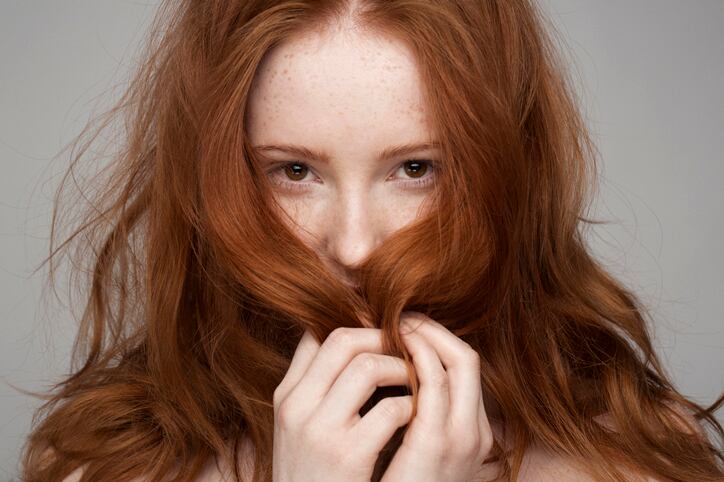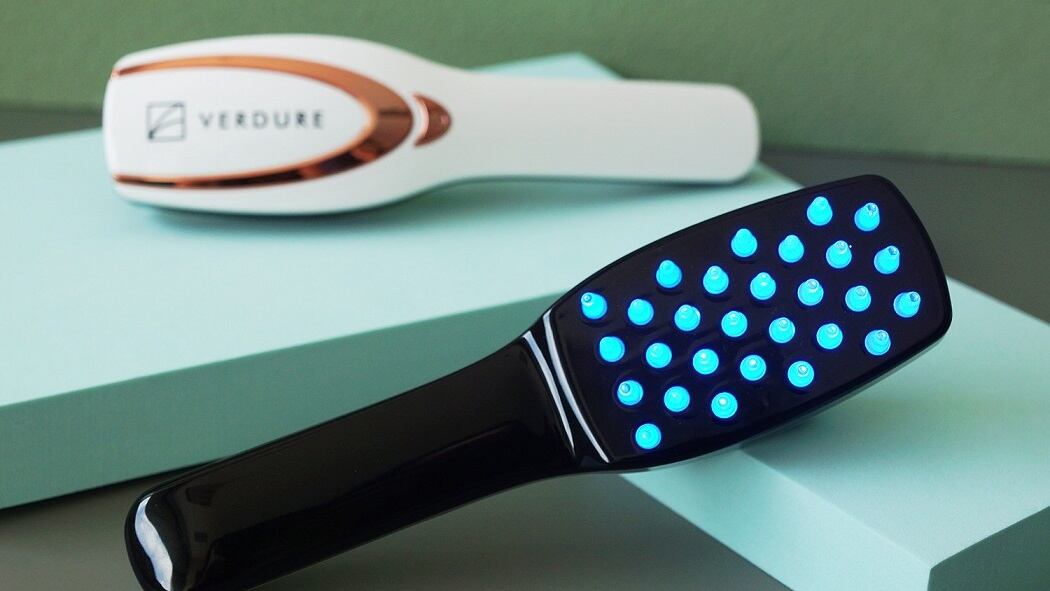Writing in its international patent, P&G said the grooming device integrated a series of light-sensitive proximity sensors and force-sensitive resistors that analysed the contact time, speed and brushing force during use. The device then compiled and filtered this data to communicate to the user, providing usage instructions via the device itself or through a separate connected mobile device. P&G said the invention could be designed as a bristled hairbrush or toothed comb.
“In practice, the hair grooming device (…) alone or in combination with the apparatus [external processor] can be utilised to collect and filter data during a hair grooming event involving a person’s hair,” P&G wrote in the patent filing.
Importantly, it said the data could be processed and analysed to indicate the “condition of a person’s hair during a hair grooming event”.
Integrated or external communication interface
From this data, the smart device could then “provide executable instructions” either via an integrated “communication interface” or via an external processor/device that was connected via USB cable, WiFi or Bluetooth, the company said.
In the patent, P&G demonstrated the use of the device in comparing a grooming occasion with leave-on conditioner and without. Findings showed that when brushing with a leave-on conditioner in the hair, “less gripping pressure was required” making for “easier brushing”.
“This comparison can be indicative of the effect or difference of the use of the conditioner after shampooing versus the non-use of conditioner after shampooing on then characteristics of a person’s hair,” it wrote.
P&G said the device therefore proved valuable in the comparison of “different hair grooming events” because data could be stored in the smart brush or external device for later comparisons.
In addition to the central light-sensitive proximity sensor and first- and second-force sensitive resistors, load cell and gyroscope accelerometer in the device, a “variety of additional sensors” could also be integrated, the company said, including a temperature sensor and acoustic sensor.
L’Oréal’s Kérastase smart brush
Back in 2017, beauty major L’Oréal unveiled its smart hairbrush device under prestige brand Kérastase at the Consumer Technology Association CES trade show in Las Vegas, USA. L’Oréal’s Research and Innovation Technology Incubator had developed the brush in collaboration with French consumer electronics major Withings.
Connected to a mobile app, the brush incorporated a microphone to listen to the sound of hair brushing and identify patterns; used three-axis load cells to measure the force applied to the hair and scalp when brushing; an accelerometer and gyroscope to further analyse brushing patterns, count brush strokes and provide haptic feedback signalling if brushing was too vigorous; and conductivity sensors to determine if the brush was being used on wet or dry hair in order to provide an accurate hair measurement.
L’Oréal said the goal of the device was to help consumers better care for their hair, noting that brushing had been proven to cause hair damage, including breakage and split ends. Guive Balooch, head of L'Oréal's Research and Innovation Technology Incubator, said at the time: "By using connected technologies to upgrade the hairbrush - something the average consumer uses every day - Withings and Kérastase have reinvented what a person's relationship with their hair can look like and are showing how connected devices can revolutionize the beauty industry."
Source: WIPO International Patent No. WO/2021/237236
Filed on: May 12, 2021. Published on: November 25, 2021.
Title: “Smart hair grooming device”
Inventor: Procter & Gamble – K. Krishan et al.




